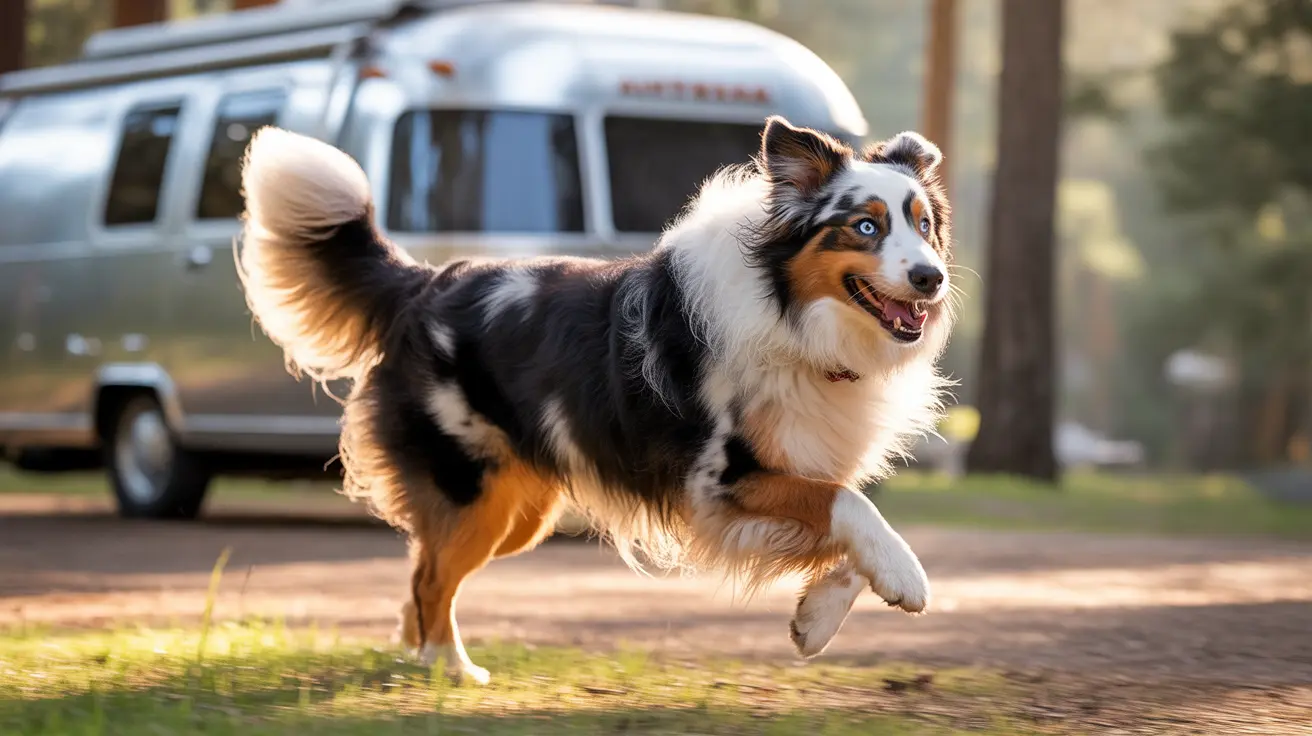How Do Dogs Go Potty on International Flights?
Traveling internationally with your dog involves numerous logistical challenges — one of the trickiest among them is managing bathroom breaks during long-haul flights. Understanding how dogs relieve themselves while in transit can help reduce stress and ensure a safer, cleaner journey for your pet.
Pre-Flight Preparation
Before flying, you should take these steps to prepare your dog for the journey:
- Schedule bathroom breaks: Allow your dog to relieve itself just before airport check-in. A long walk before entering the airport is often recommended.
- Use absorbent crate liners: For dogs traveling in the cargo hold, airline-approved crates should feature absorbent pads for potential accidents.
- Minimize food and water intake: Reducing food intake 4–6 hours before the flight, while still providing hydration, may lessen the need for urination or defecation during the journey. Always discuss this with your veterinarian.
In-Cabin Dogs
Dogs that qualify to travel in the cabin — typically small breeds that fit under the airline seat — may have slightly more options:
- Airport pet relief areas: Most major international airports now offer pet relief stations, typically near gates for convenience. During layovers, these can be a crucial opportunity.
- Pack pee pads: For emergencies or overnight flights, pet owners may bring pee pads to create a makeshift toilet in the airline lavatory. Be sure to check the airline's rules on this beforehand.
- Use pet diapers or belly bands: These can help manage in-flight accidents for small pets or puppies.
Cargo Hold Dogs
Dogs flying as checked baggage or cargo typically have to remain in their crates without access to relief areas throughout the duration of the flight.
- Absorbent crate materials: Crate floors should be lined with highly absorbent materials, such as puppy training pads or dry comfort liners, to handle any waste mess and maintain hygiene.
- Comfort items: Include familiar-smelling bedding or toys — washed and sanitized — to help reduce anxiety and discourage soiling.
- Training for crate endurance: In the weeks leading up to the flight, gradually condition your dog to remain in its crate for extended periods to reduce stress.
Special Considerations for Service Dogs
Service animals are given specific privileges when flying:
- Cabin access: Trained service dogs fly at their handler’s feet and are allowed to relieve themselves in appropriate airport pet areas during layovers.
- Extended accommodations: Some airports and airlines work with service dog users to ensure their animals can be relieved when necessary, even during longer layovers.
Tips for a Clean and Comfortable Journey
- Carry necessary supplies: Bring extra puppy pads, cleaning wipes, leak-proof bags, disposable gloves, and water bowls.
- Monitor pre-flight hydration: Provide cool, but not excessive amounts of water to keep your dog hydrated without overfilling their bladder.
- Book direct flights when possible: Minimizing flight time also reduces the likelihood of bathroom accidents.
- Time layovers strategically: If a layover is necessary, ensure there’s time to access relief areas in transit airports.
- Have a post-flight clean-up plan: Upon arrival, quickly give your dog an opportunity to relieve itself and freshen up if necessary.
Assessing Your Dog’s Suitability for Air Travel
Not all pets are ideal candidates for air travel. Consider the following:
- Age and health: Puppies, elderly dogs, or animals with health issues may be more vulnerable and less able to hold elimination.
- Temperament and anxiety: Dogs prone to stress may suffer more during confinement, increasing the likelihood of accidents.
- Behavioral history: Check if your dog is crate-trained and able to go long periods without relief.
Conclusion
Understanding how potty issues work during international air travel is essential for any dog owner planning such a trip. From choosing the right travel crate to preparing your dog physically and emotionally, adequate preparation ensures a more pleasant experience for both you and your pet. Always consult your airline’s specific regulations and your veterinarian before flying. With the right precautions in place, your dog can stay clean, healthy, and comfortable on even the longest flights.





